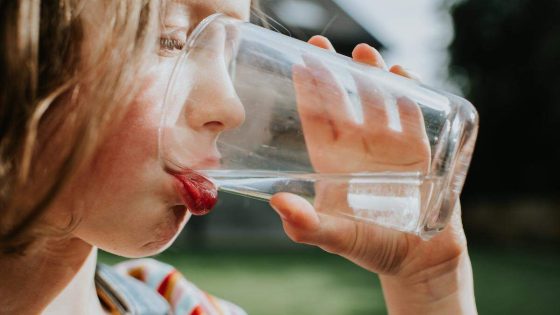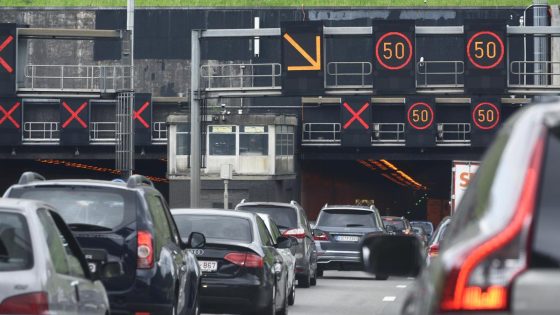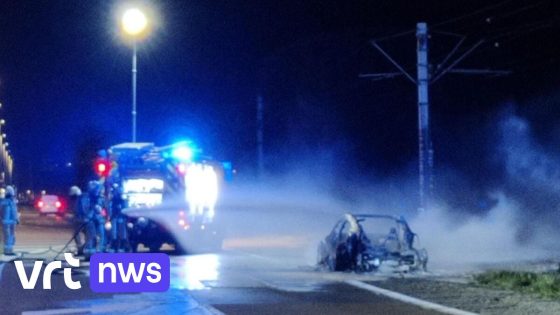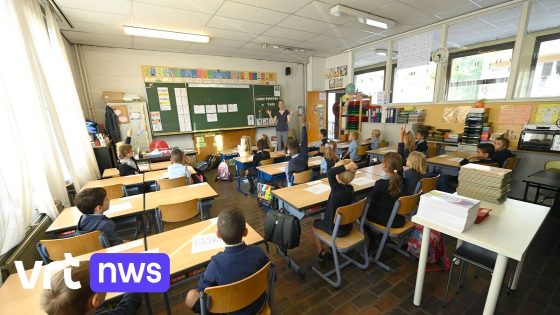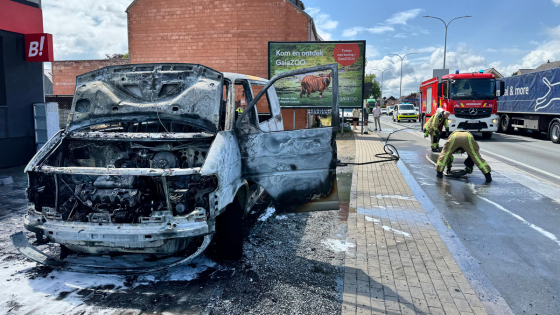Recent tests on Belgian drinking water reveal reassuring results about its overall safety, yet they also highlight the persistent presence of environmental pollutants. As of 2025-07-17 12:41:00, analyses show that while tap water remains generally drinkable, traces of banned pesticides and emerging contaminants linger in various regions.
- Water generally drinkable despite pesticide traces
- Detects banned pesticide metabolites above limits
- PFAS levels mostly low, below thresholds
- Calls for stricter regulation and monitoring
- Warns about TFA’s potential fertility impact
- Urges polluters to bear water treatment costs
Notably, residues of atrazine, a weedkiller prohibited in Europe since 2004, were found in a sample from Liège, though well below legal limits. Meanwhile, PFAS chemicals, often called “forever chemicals,” appear mostly absent or at minimal levels in tap water, but concerns grow over related substances like trifluoroacetic acid (TFA).
What does this mean for Belgian consumers? Should we be worried about these invisible contaminants in our daily water supply? Let’s explore the key findings and their implications.
Are these chemical traces a cause for alarm or manageable risks? While detected concentrations are mostly below harmful thresholds, the long-term effects and accumulation raise important questions. Testaankoop urges action to prevent further contamination and protect vulnerable groups. Key points include:
- Banned pesticides and their metabolites persist in water, indicating lasting environmental contamination.
- PFAS levels in tap water are low, but TFA, a related compound not yet regulated as PFAS, frequently exceeds safety limits.
- Bottled water quality is generally good, yet some samples show pesticide metabolites and TFA above recommended levels.
- Calls for stricter regulation, better monitoring, and applying the “polluter pays” principle to agriculture and industry.
Will Belgium step up efforts to reduce chemical pollutants in water? Consumers and authorities alike must demand transparency and stronger measures to ensure our water stays clean and safe for future generations. After all, isn’t access to pure water a fundamental right?



